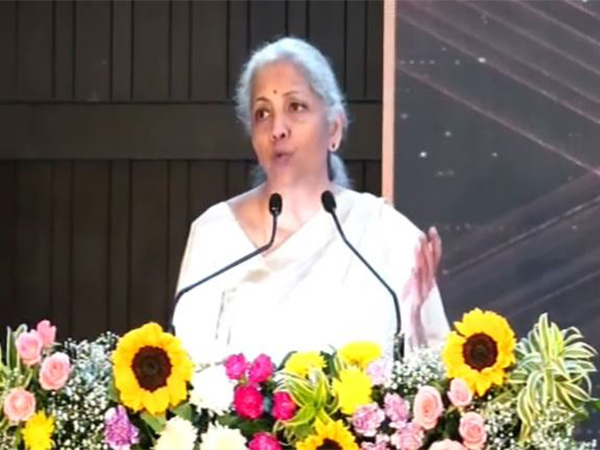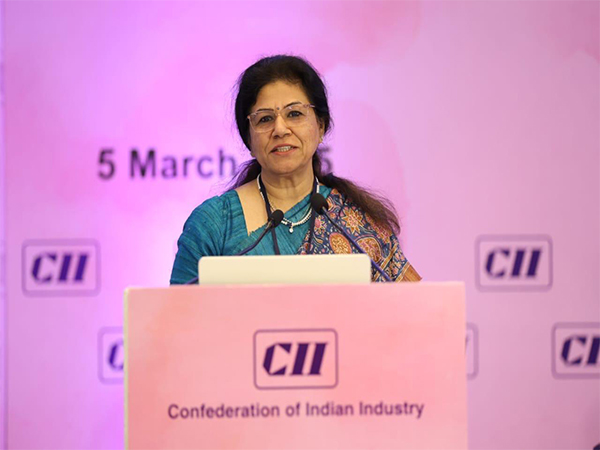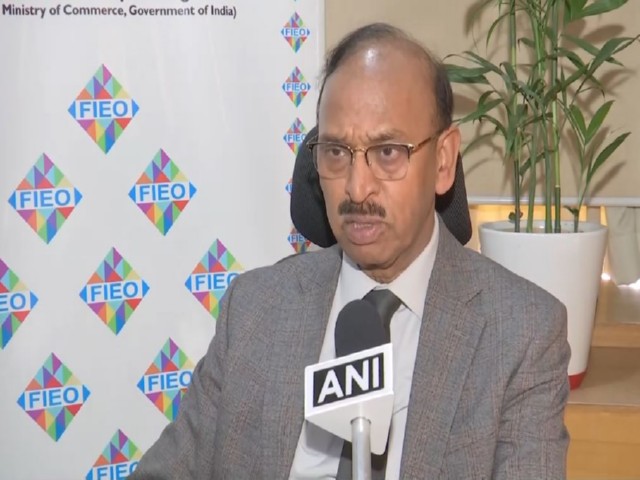
By Lee Kah Whye |
Singapore, January 9 (ANI): Even as the IPO (initial public offering) market was sharply impacted by the global stock markets retreating or stalling in 2022, India emerged as a bright spot in the EMEIA (Europe, Middle East, India and Africa) region. As per the EY (Ernest and Young) report, when the total number of EMEIA IPOs fell by 53 per cent and the amount raised plummeted by 55 per cent (358 IPOs and USD 49.9 billion), the number of Indian IPOs increased from 134 to 138, raising a total of USD 7.5 billion.
USD 2.7 billion was contributed by one of the country’s largest ever IPOs – Life Insurance Corp of India. The total value of proceeds from IPOs last year however fell 56 per cent from USD 17.3 billion in 2021. India’s relatively buoyant IPO market is reflected in its economy’s resilience with GDP expected to rise about 7 per cent and a stock market that outperformed most others with the SENSEX rising 5 per cent for the year.
Last year, the IPO market was sharply impacted by the global stock markets retreating or stalling. EY reported that the number of global IPOs plunged 45 per cent and yield from proceeds crashed 61 per cent compared with a year ago. Following a record-breaking 2021, the heightened volatility of the markets created by global geopolitics in 2022, and rapidly rising interest rates, led to unfavourable conditions for companies seeking funds in the public equity market. The average deal size declined due to lowered valuations and poor stock market performance. This also contributed to the low number of mega IPOs launched last year. “Amid an environment defined by higher inflation and rising interest rates, investors have spurned new public companies and turned to less risky asset classes. Similarly, financial-sponsored IPO activity took a steep fall of 77 per cent and 93 per cent by number and proceeds, respectively,” EY reported.
Data compiled by EY, the Big Four accounting firm headquartered in London, revealed that worldwide, the number of IPOs fell from 2,436 in 2021 to 1,333 last year. Proceeds shrank more than USD 280 billion to USD 179.5 billion. EY has recently expanded into providing financial services consulting.
The worst-performing IPO market is the Americas which sank to lows not seen since the peak of the great recession. It hit a 13-year low by volume and a 20-year low by value as markets were affected by volatility and policies undertaken to combat inflation. The number of IPOs tumbled 76 per cent compared with last year with 130 deals raising USD 9 billion, down 95 per cent. As expected, most of the Americas’ IPOs (69 per cent) were on US exchanges.
This is a reflection of the poor performance of the US markets last year, especially technology stocks. The tech-heavy Nasdaq sank about 33 per cent for the year while the blue-chip Dow Jones Industrial Average declined 9 per cent and the broader S&P500 lost 19 per cent of its value during 2022.
Among the regions evaluated by EY in the report, the Asia-Pacific IPO market performed most favourably. The region posted a total of 845 IPOs with USD 120.6 billion in proceeds which is down 26 per cent and 31 per cent respectively compared with a year ago. APAC was least impacted by the global economic downturn and geopolitical tensions and accounted for 63 per cent of deals and 67 per cent of funds raised last year. Mainland China is on course in 2022 to another record-breaking year of capital raising.
Diving deeper into the EMEIA region, European IPO activity was down 78 per cent as a result of geopolitical turmoil, but funds raised through MENA (Middle East and North Africa) IPO activity increased sharply by 115 per cent due to large energy and other IPOs completed, coupled with privatisation initiatives rolled out by governments in the region. Indeed, it delivered 5 of the top 10 IPOS for the year.
With the soaring demand for energy caused mainly by the reduction in Russian oil and gas supply, it is unsurprising that the energy sector dominated IPO proceeds. It accounted for 22 per cent of the funds raised for 2022. Among listed mega IPOs, which are defined as those that raised proceeds of more than USD 1 billion, the average proceeds in 2022 are 45 per cent higher than those in 2021, on the back of strong valuation for the mega energy IPOs that took place last year.
The technology sector continues to lead by volume of IPOs, accounting for 23 per cent of the deals, despite losing its billing as the top industry for funds raised to the energy sector. “A record year for IPOs in 2021 gave way to increasing volatility from rising geopolitical tensions, inflation and aggressive interest rate hikes,” said Paul Go, EY Global IPO Leader. “Weakened stock markets, valuations and post-IPO performance have further deterred IPO investor sentiment.”
Looking ahead to 2023, EY in its report is optimistic that there is a strong IPO pipeline on the horizon. The multinational services firm expects that IPO activity will be muted for the first quarter of this year, but more favourable conditions will be in place for global IPO activity to regain momentum by the year’s second half.
It added that for the IPO market to become more active again, there are a number of prerequisite conditions: positive sentiment and an uptick in stock market performance; lower inflation and ending of the interest rate hikes; easing of geopolitical tensions; and diminished COVID-19 pandemic effects on the economy.
EY believes that many prospective IPO companies will be taking the “wait-and-see” approach, holding out for the right window. As for investors, there will be a stronger focus on a company’s fundamentals, such as revenue growth, profitability, and cash flows, over just growth projections. Investors will also increasingly be looking at the company’s ESG (environmental, social and governance) agenda which it says is positively correlated with the post-IPO share price of a company. “As the pipeline continues to build, many companies are waiting for the right time to revive their IPO plans. Still, with tightening market liquidity, investors are more risk-averse and favour companies that can demonstrate resilient business models in profitability and cash flows, while clearly articulating their ESG agendas,” adds EY’s Go. (ANI)

















